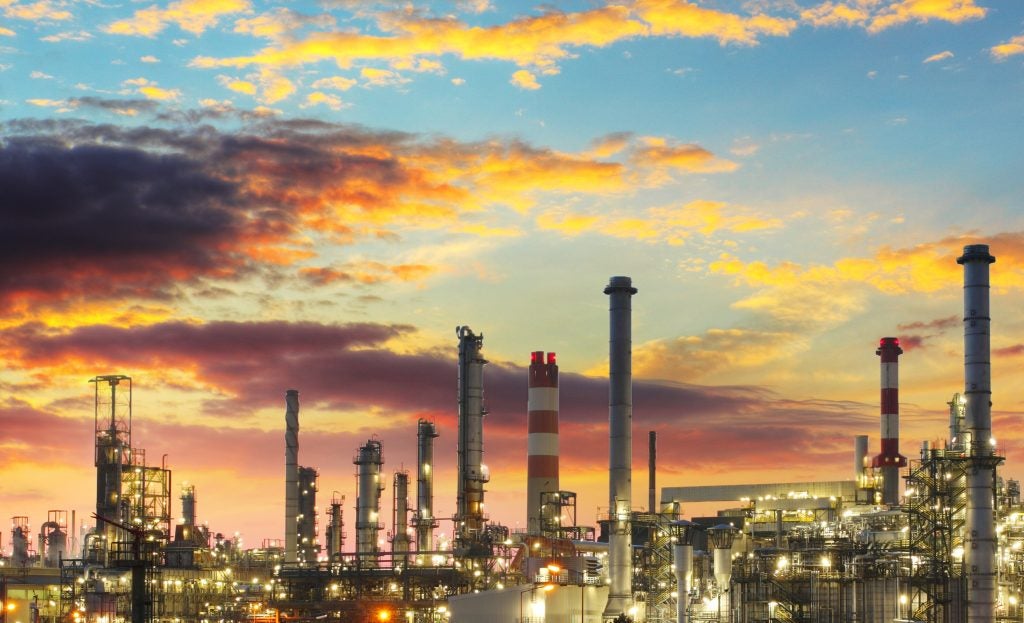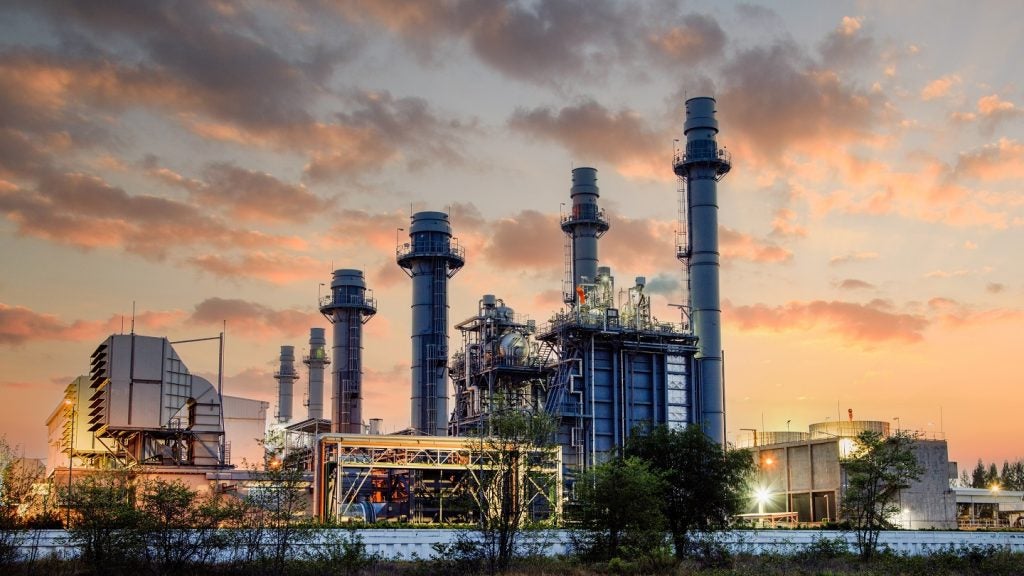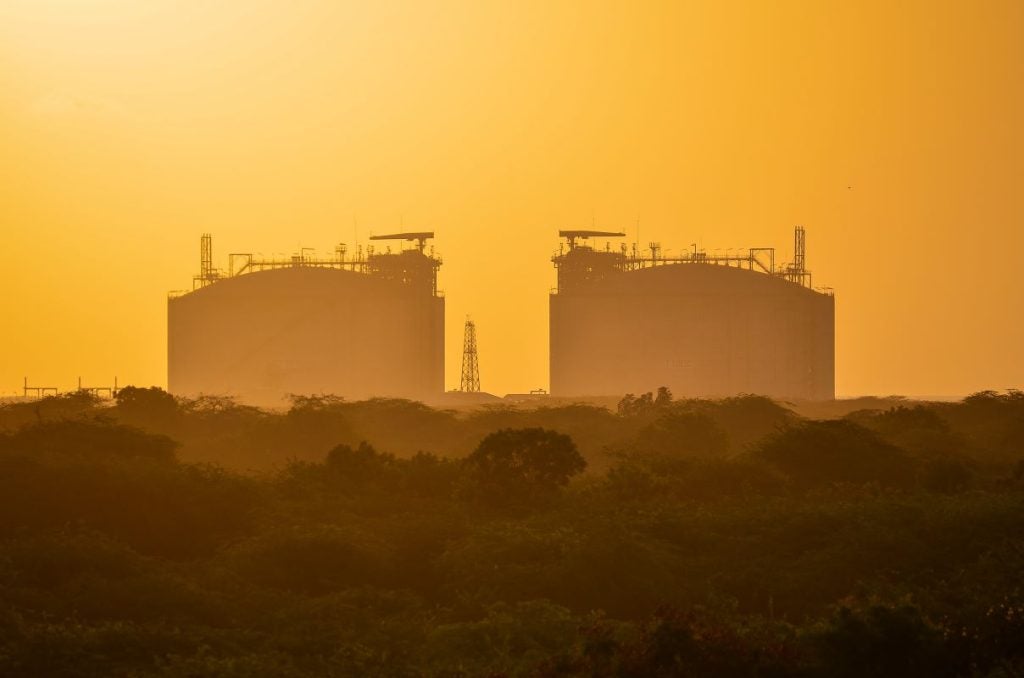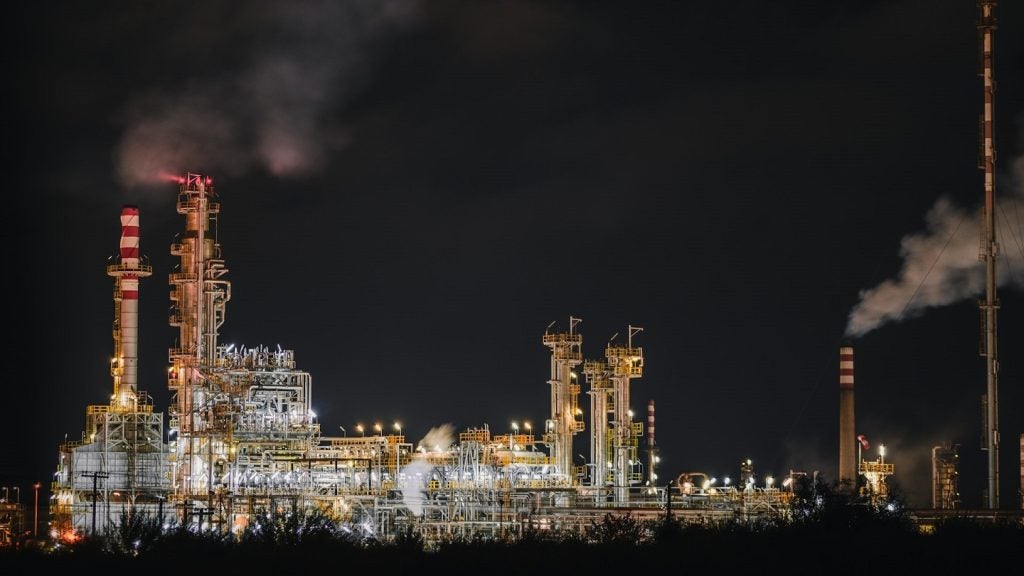Leon is a conventional oil development located in ultra-deepwater in the US and is operated by LLOG Exploration Offshore. According to GlobalData, who tracks more than 34,000 active and developing oil and gas fields worldwide, Leon was discovered in 2014, lies in block Keathley Canyon 642, Keathley Canyon 687, Keathley Canyon 643, and Keathley Canyon 686, with water depth of around 6,117 feet. Buy the profile here.
The project is currently in construction stage and is expected to start commercial production in 2025. Final investment decision (FID) of the project was approved in 2022. The Leon conventional oil development will involve the drilling of approximately two wells and includes subsea tree.
Field participation details
The field is owned by LLOG Exploration, OG Oil & Gas and Repsol.
Production from Leon
Production from the Leon conventional oil development project is expected to begin in 2025 and is forecast to peak in 2028, Based on economic assumptions, the production will continue until the field reaches its economic limit in 2062.
Contractors involved in the Leon conventional oil field
Some of the key contractors involved in the Leon project as follows.
EPC Contractors: Subsea 7, Acteon Group and Audubon Engineering
Other Contractors: Enerflex, American Bureau of Shipping, Gate, ABL Group and Advanced Technology Valve
About LLOG Exploration Offshore
LLOG Exploration Offshore LLC is involved in the business of exploring, mining, developing, and supply of oil and gas. The company is headquartered in Covington, Louisiana, the US.
For more details on the Leon Conventional Oil Field, buy the profile here.
Data Insights
From

The gold standard of business intelligence.
Blending expert knowledge with cutting-edge technology, GlobalData’s unrivalled proprietary data will enable you to decode what’s happening in your market. You can make better informed decisions and gain a future-proof advantage over your competitors.







